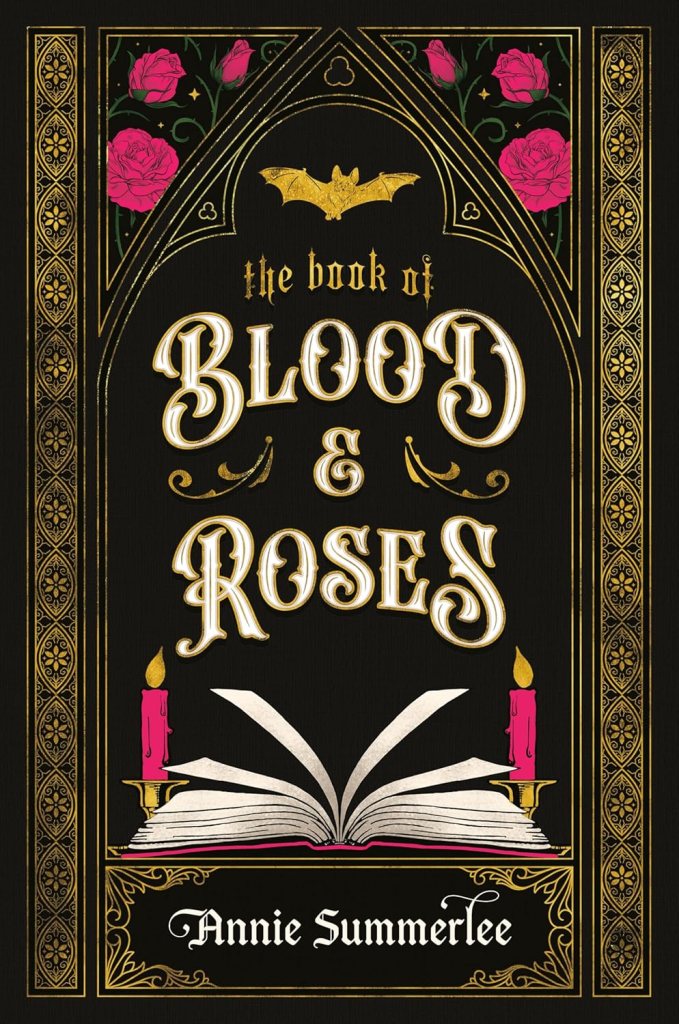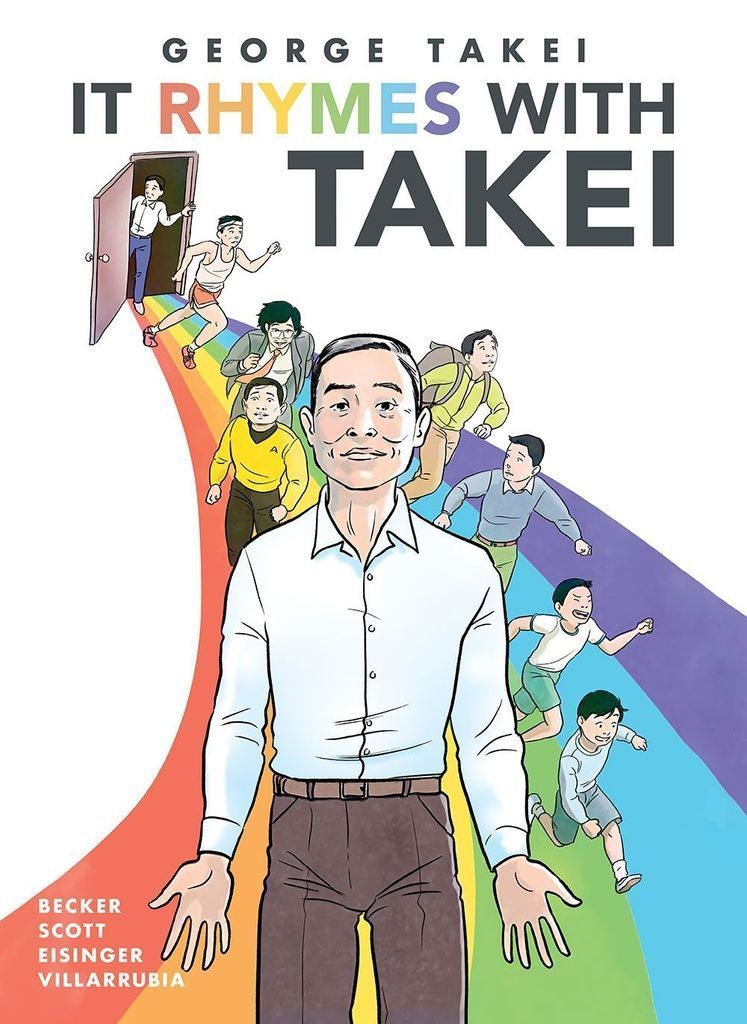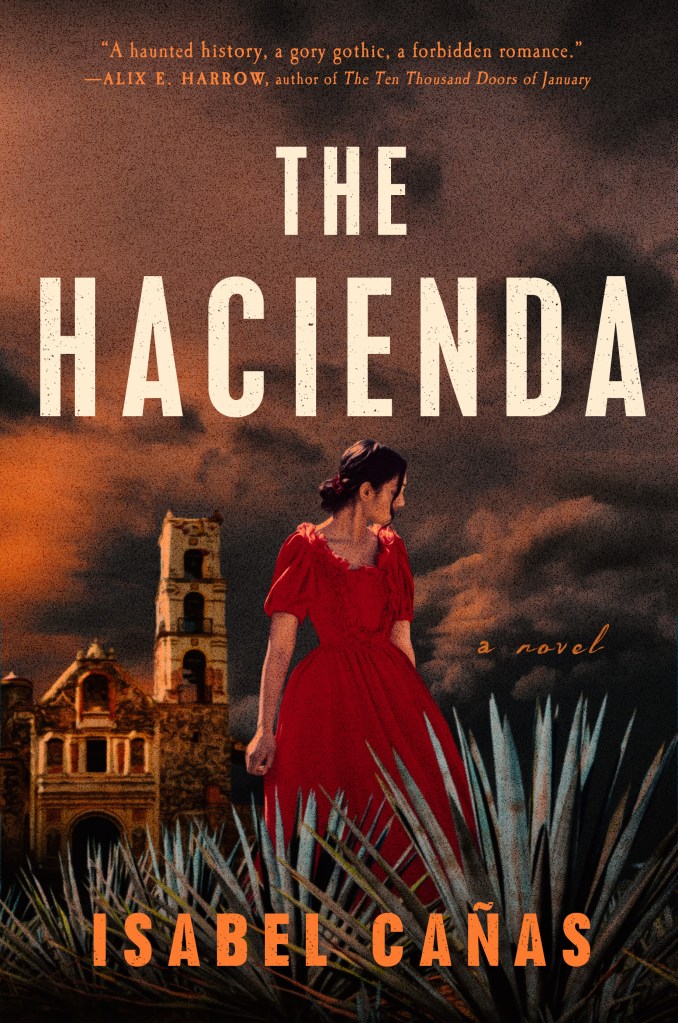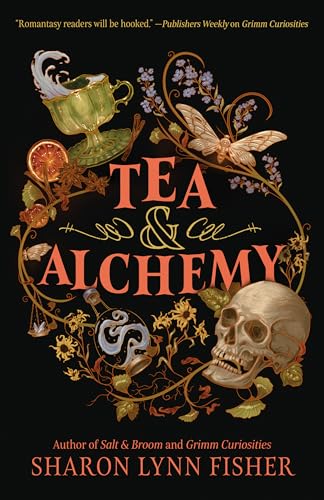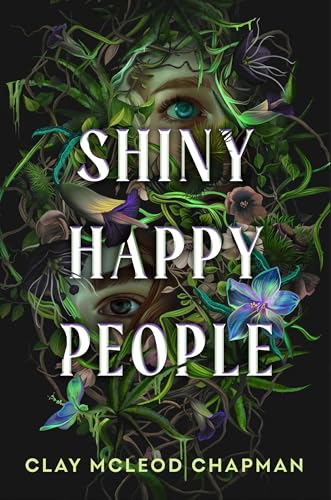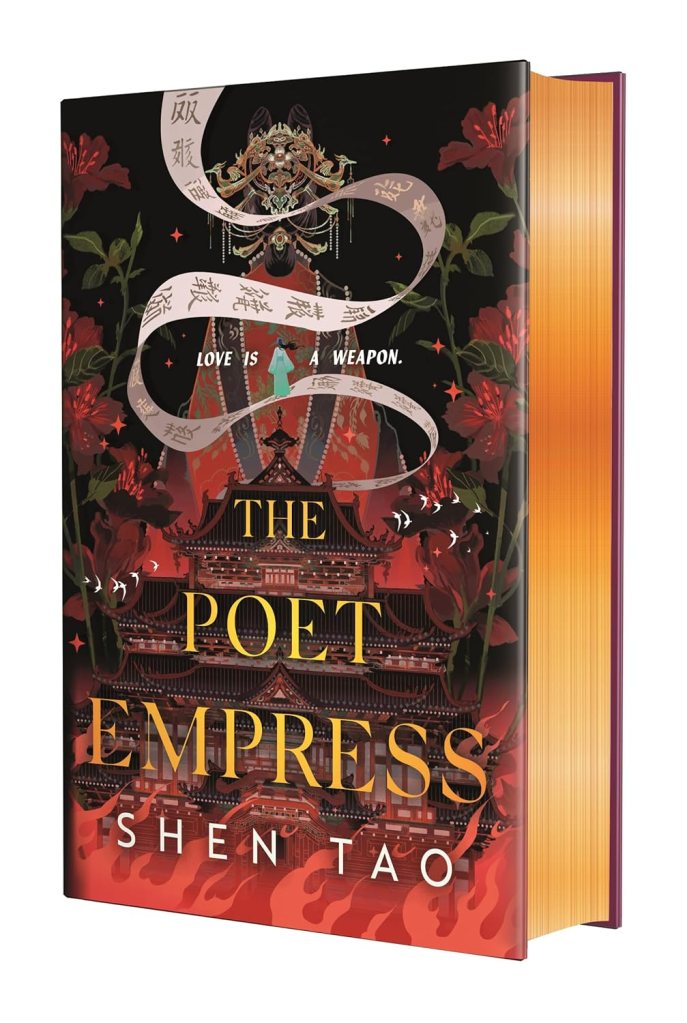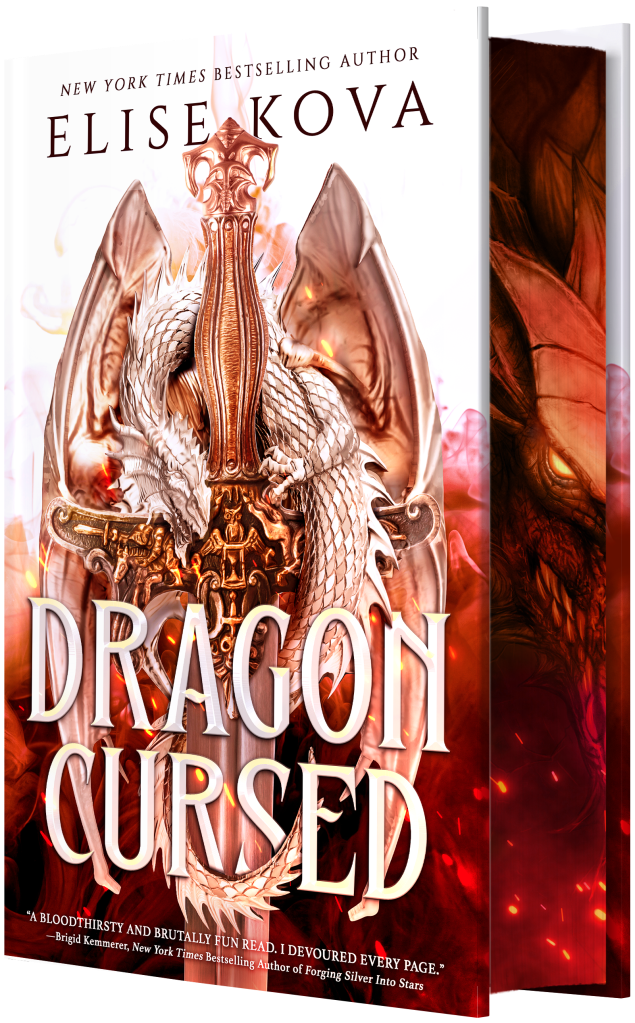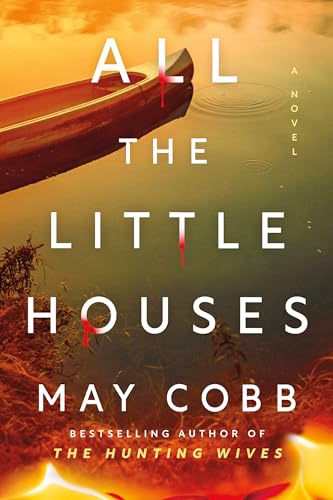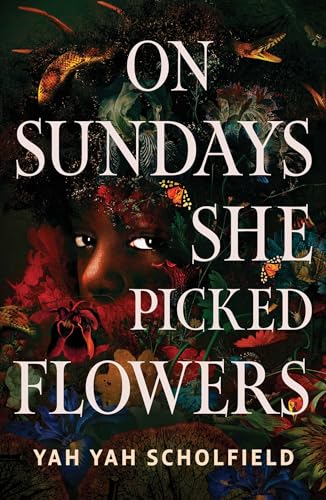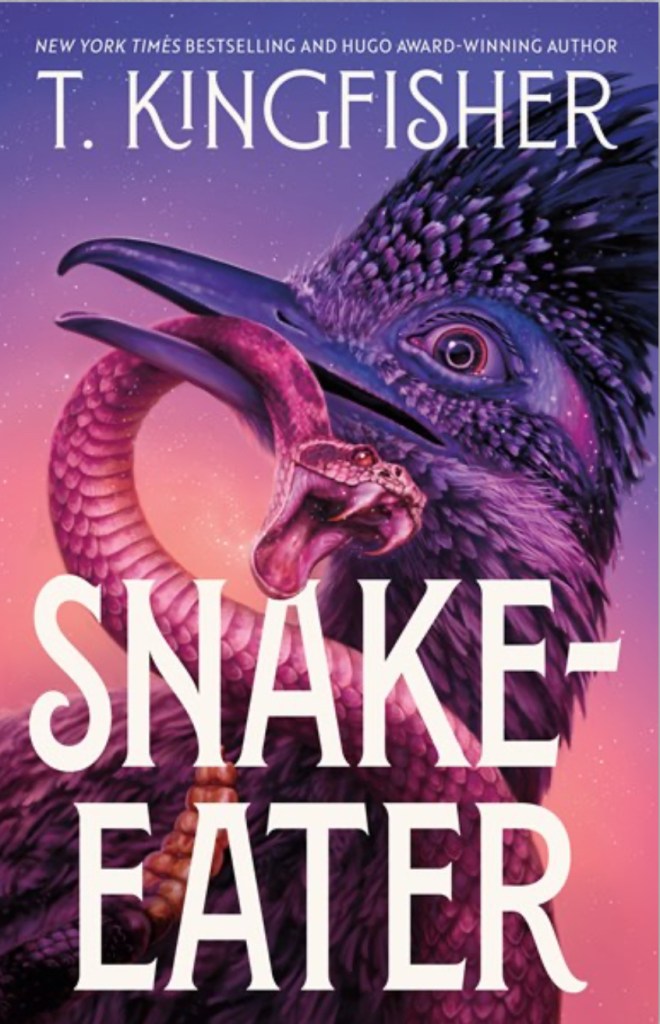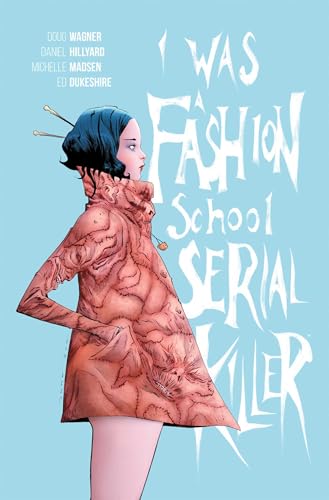This post may contain affiliate links for books we recommend. Read the full disclosure here.
Book: “The Book of Blood and Roses” by Annie Summerlee
Publishing Info: Del Rey, January 2026
Where Did I Get this Book: ARC from the publisher!
Where Can You Get this Book: WorldCat.org | Amazon | IndieBound
Book Description: In the mists of the Scottish Highlands is a university where vampire students study alongside humans.
Rebecca Charity is a vampire hunter undercover at the university, searching for the mysterious Book of Blood and Roses, a lost compendium of ways to kill vampires. If she finds it, she’ll be one step closer to avenging her parents, who were slain by those creatures of the night.
But when Rebecca arrives, she finds something unexpected: a coffin. Her new roommate is Aliz Astra, scion of one of the most powerful vampire families… and the most beautiful woman Rebecca has ever met.
The maddeningly gorgeous Aliz is everything that Rebecca has always hated, but also everything she ever wanted, and now Rebecca doesn’t know if she wants to kiss or kill her.
When Aliz rescues her from a vampire attack one moonlit night, she accidentally makes Rebecca her familiar. Now, they must work together to break the curse, but as they get closer to solving the mystery, Rebecca and Aliz get closer, too.
But can a vampire hunter ever fall in love with a vampire?
Review: A reader’s reception of this book will largely, I believe, have to do with their feelings toward vampires. If you’re happy with the general boundaries laid out in other stories like Buffy and True Blood, then you might enjoy this. But if you’re looking for anything deeper to be added to vampire lore, or for any of your expectations for a vampire romance novel to be subverted, well…you’ll probably be a bit underwhelmed, like I was.
That’s not to say that this was a bad book. It sets out with a goal: to tell a sapphic “enemies to lovers” (hold the “enemies”) vampire story that takes place in a school setting. And it proceeds to do just that, but never much more than that. At times it felt like the author was on a personal mission to include every single piece of vampire lore in the book, with not a change made to any of them in sight. I kept waiting for what would make these vampires different from the rest, and there just wasn’t anything. Plus, if you think about it, most vampire stories only include a few of the common vampire tropes. Because, like you see when you step back and evaluate this book’s version of monsters, when you include them all (garlic, silver, sleeping in coffins, etc.), it all starts to feel a bit silly.
The romance itself was fine, though it definitely fell closer to the “instalove” side of the spectrum than not. I also think the whole “enemies” thing was fairly overblown. Not all romances need this element; indeed, the vast majority would be better to avoid it altogether unless the actual story calls for it. And even here, with the concept of a vampire and vampire hunter put together as roommates and falling in love, the “enemies” portion felt rather silly right from the start.
This wasn’t helped by the fact that I didn’t enjoy the main character. For an individual with a covert mission, she was wildly obvious at every moment in both her thoughts and actions. She was also incredibly judgmental of everyone around her. While this could have led to an interesting arc of growth and understanding, I don’t feel like this was ever accomplished. The writing was also incredibly simplistic, often relying on telling the reader exactly how our main character or those around her are feeling, rather than showing any development.
All of this comes across as rather harsh, but I think my strongest feeling when closing the book was apathy. Like I said, it’s not a bad book by any means. The story, while simple, was paced well, and I think many readers will connect with the romance more than I did. Unfortunately for me, I just wanted a bit more from a vampire romantasy.
Rating 7: Inoffensive but also not inspiring, this book included pretty much every vampire trope you can imagine while changing none of them.
Reader’s Advisory:
“The Book of Blood and Roses” can be found on these Goodreads lists: 2026 Debuts and 2026 Queer SFF.

